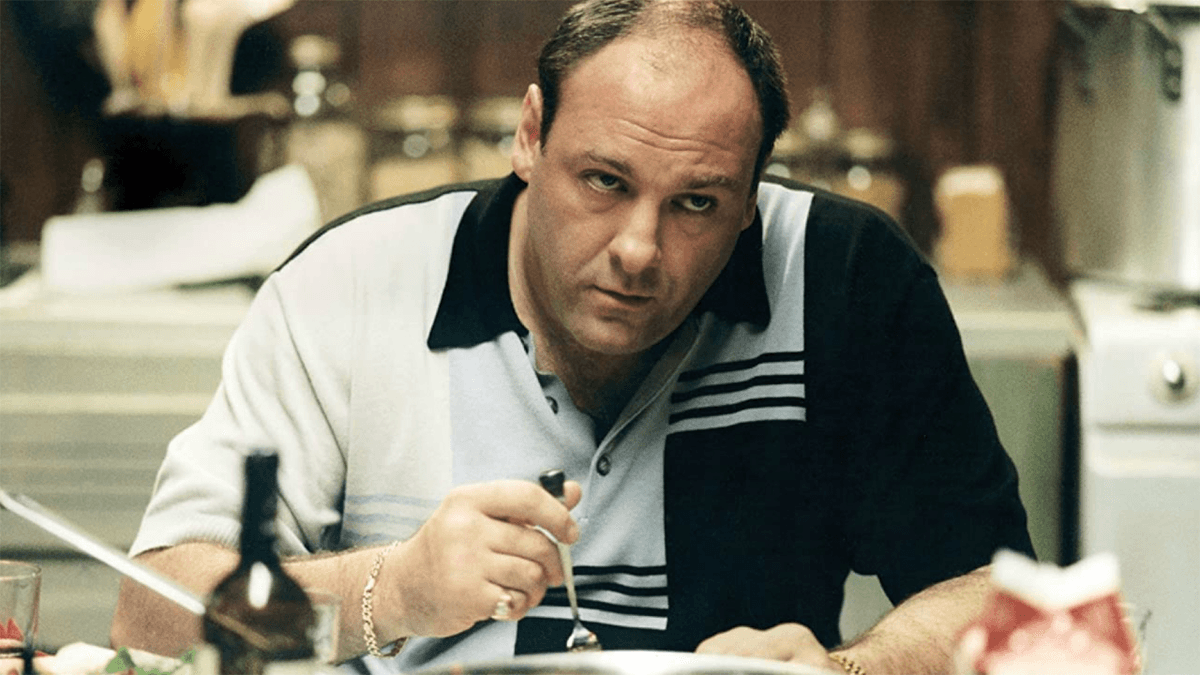The batucada from Rio de Janeiro and its magic, by Luisa Souza
Journalist, director, and screenwriter, Luiza is from the suburbs of Rio de Janeiro. Passionate about carioca urban culture, she tells real stories of people, feelings, and movements. In her documentary series "Bota a Turma na Rua", she immerses herself in the culture of the bate-bolas of Rio de Janeiro. Luiza follows the group "Inovação e Ideologia" from the Realengo neighborhood in the West Zone.
We interviewed Luiza to understand a little more about this documentation of suburban and peripheral culture, check it out below:
You are from the suburbs of Rio de Janeiro. When you moved to the South Zone - not far from where you were born - what differences in customs and even cultures did you notice?
I am from the Vila da Penha neighborhood, born and raised in this area of the North Zone, in the carioca suburbs. At 25, I had to move to the South Zone for work reasons and with the goal of inserting myself into the part of the city "where everything happens" - the famous attempt to break the bubble. In this new phase, both personal and professional, I came into contact with new circles of friends and started going to new places - always proudly reinforcing where I came from. That’s when I realized that whenever I talked about cultural manifestations I had experienced since I was little, like the bate-bola, the clóvis, and the Day of Saint Cosme and Damião, no one knew them, they had never seen or heard of them. And of course, when I showed or told about them, everyone was A-PAI-XO-NA-DOS. Another recent example is the traditional samba circles, which started to "hype" among the South Zone crowd and the younger audience - which is GREAT. Marcelo D2, one of the great representatives of the carioca suburbs, played a very important role in this process.

How was the choice for the group “Inovação e Tecnologia” to be portrayed? What about their practice touched you?
Rafa Pinha, who does an incredible job recognizing culture and peripheral power in Rio de Janeiro, introduced me to "Inovação e Ideologia". When I spoke with the members and met RUDY, the "head of the group (leader)", I could see the passion in his eyes, in the way he spoke, and in his determination to get everyone out on the street every year. I went to his house, and his whole family is part of the group and actively participates for all 365 days of the year. What fascinates me most about this and other bate-bola groups is that most of the time the resources are minimal, yet they make things happen: the costumes, the parade, the fireworks... Everything is driven by enthusiasm and love for the tradition. One of the things that also struck me about Inovação is their commitment to include children, even those who cannot afford costumes, focusing on the legacy left for future generations, and that is BEAUTIFUL.
Tell us a little more about the culture of the bate-bolas, how it impacted your childhood, and how you want to carry this forward.
Since I was little, our carnival has always been street-based, mostly neighborhood-focused, where people gather in the local square and there’s a show from the city hall, etc. As D2 would say, dangerous and fun, a lot happened. But 2 things marked me a lot: the presence of the Indians from the cacique de ramos and the bate-bolas, who were scary yet strangely captivating figures that would come by hitting the ball on the ground and scaring the children. Our favorite game was to call and tease them from afar and then run away. I wanted to document this so it wouldn’t be lost, and whenever someone wanted to know or search about it, there would be a product/movie with all this content. In my mind, it’s a way to not let it fade from our history, like so many other things. Talking to the historian Luiz Antonio Simas on the day of the interview, he told me, "what you are doing here is urban memory", so since that day I was sure I was doing the right thing: telling the story of my city, even where it’s not visible.


The funk, a genre that comes from the periphery - just like the bate-bolas - has been incorporated as their "theme." Is this partnership natural? How does it unfold in cultural manifestations?
It is very natural; all the music used in the doc is from the bate-bolas group Inovação e Ideologia, recorded in an amateur way, yet again, with a lot of passion. On the day of the "departure of the groups", Carumbé street is filled with festivities, sound systems, and cars... and everything is played, but funk prevails as a preference.

This record will remain in history. What do you want to convey to people through your series?
What I want to convey to people through the doc-series, first and foremost, is the importance of our popular culture, whatever it may be and however big or small. The moment it exists, we need to exalt it, perpetuate it, and transform it into a legacy because if we don’t pass it on, it will be erased and forgotten from our history. Brazil has a lot to know about Brazil, and that is my role.
The episodes of the series are released weekly on the profile of @revistaamarello.
Photos by Gleeson Paulino.
See others like this





